#EPIK
Text
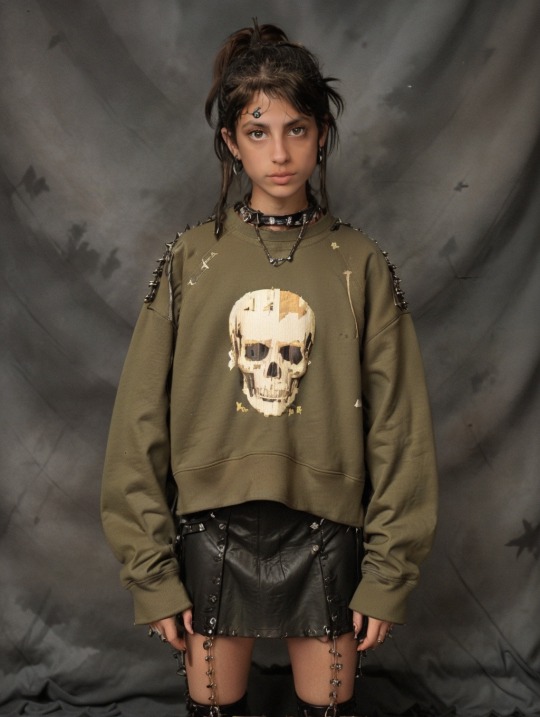



Naaaa u guys these are great 😂🤘🏽
226 notes
·
View notes
Text

I LOVE HAZBIN HOTEL SM!!!
HUSKERDUST IS MY FAVE SHIP BTW :D
#hazbin hotel#hazbin angel dust#hazbin husker#huskerdust#Hazbin is epik#vivziepop#kool#EPIK#epik#best show ever
116 notes
·
View notes
Text
A random drawing of Scag that I had already published on other social networks
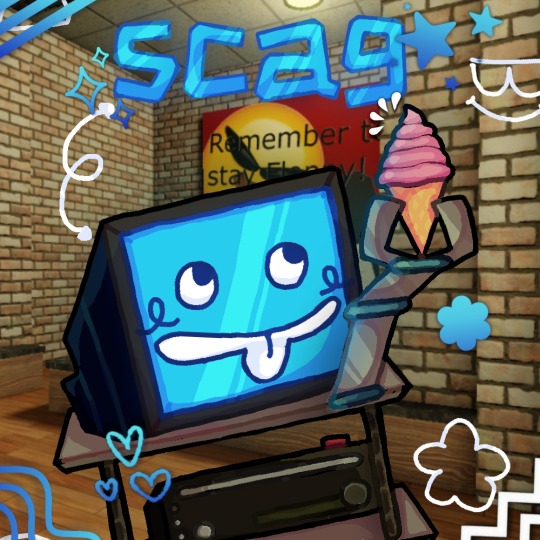
24 notes
·
View notes
Text

I got a lil chill guy on my arm #lizard
his name is dj khallen
32 notes
·
View notes
Text

31 notes
·
View notes
Text
Patting myself on the back for this one, this is komedy gold

#putting nine through emotional turmoil once again#making your favorites have a panic attack and than get comforted is better than theraphy tbh#actually im sure Ive heard somewhere that this IS.a form of theraphy#epik#now go through the horros my boy
10 notes
·
View notes
Text


hello from the 90s 😂💅
41 notes
·
View notes
Photo

epik 2016
26 notes
·
View notes
Text

Just a Perfect Girl..
.
.
.
.
.
(I’m sorry for not posting, I’ve been sick ;c)
#:3#:33333#astronomy#edit#kawaii#spotify#sex and drugs#tiktok#cats of tumblr#coqeutte#coquette#kawaii girl#Michael Vera#epik#Epikness#crystals#crystal castles#music
10 notes
·
View notes
Text
!BIG NEWS!
I THINK I FOUND SOME LOST MEDIA!
LINK WILL BE IN REBLOGS!
#lost media found#lolsuperman#kawaii gore#kawaiicore#cutecore#cutegore#gurokawaii#I’m so cool /gen#epik#lost media mystery#found media#lost media#shock videos
6 notes
·
View notes
Text

YIPPIE WE GET 2 NEW EPS TMR AND 2 IN MY BIRTHDAY MONTH!!!
#hazbin#kool#epik#hazbin hotel#shut me up#Hazbin is epik#yippie#hazbin husker#hazbin angel dust#hazbin alastor#hazbin niffty#hazbin charlie#hazbin vaggie
18 notes
·
View notes
Photo
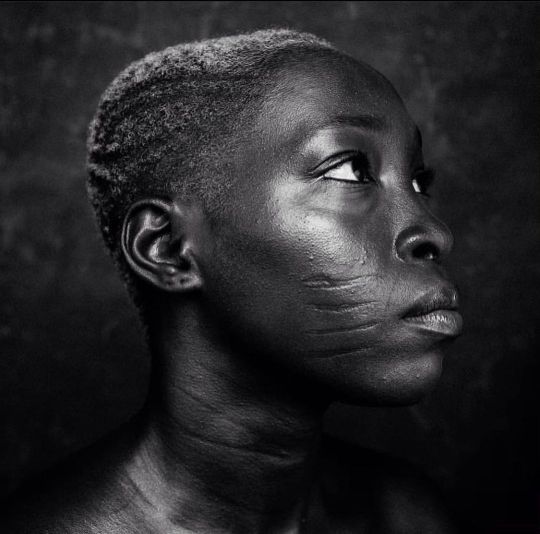

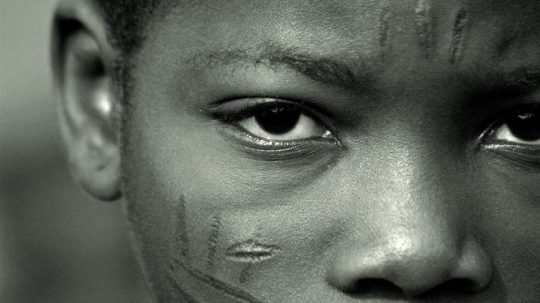
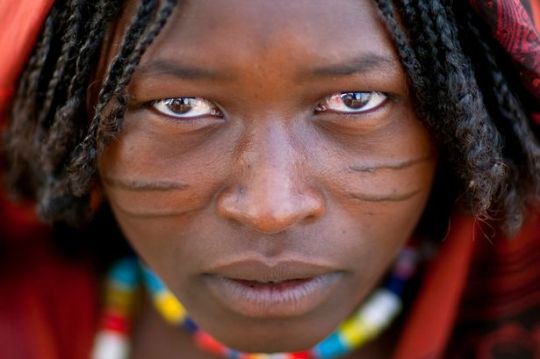

Tribal Marks: The African Tattoo
Tribal marks, also known as scarification, is a traditional practice that has been used by various ethnic groups in Africa for centuries. It involves cutting or scarring the skin in a specific pattern or design, usually on the face, and is typically done during childhood or adolescence.
The marks are used to identify a person's tribe or ethnic group, and can also serve as a form of beauty or adornment.
The tradition of tribal marks varies among different ethnic groups and regions in Africa. In Nigeria for instance, it's mostly practiced by ethnic groups such as the Yoruba, Igbo, and Efik. Each ethnic group has its own unique designs and patterns, and the marks can have different meanings or symbolic significance.
Among the Efik, the marks are used as a symbol of beauty, and young girls would be scarred with intricate designs as part of their initiation into womanhood.
The tradition of tribal marks has been on the decline in recent years, as many people opt for other forms of self-expression or choose not to have them at all.
Some people have abandoned the tradition because of the stigma associated with the marks and discrimination that is faced by those who have them.
Additionally, the government of Nigeria banned the practice in the late 1970s, although enforcement of the ban has been lax and it's still being practiced by some communities.
It's worth noting that the tradition of scarification is not limited to Africa, and has been practiced in other parts of the world, including Oceania, Asia, and the Americas.

Mr Akeem is royal-born, so he has long stripes on his face.
"It is like a football jersey," he quips, adding that they made him popular in the local market.
On a serious note, Mr Akeem says he regards the scars as sacred, and does not believe people should mark their faces just for beautification.
This need for identification through facial marks was also strong in northern Nigeria, especially among the Gobir people of Sokoto state.
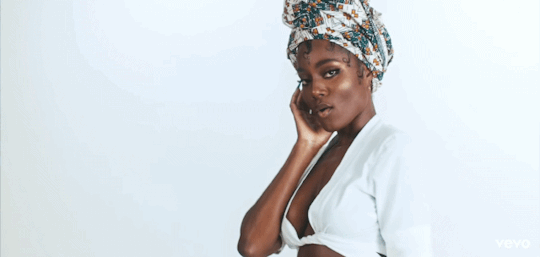
Ibrahim Makkuwana's ancestors, pastoralists from Gubur in present-day Sokoto, did not have facial marks. But, he said, as they moved around looking for farming land, "they fought many battles and conquered many places".
They then decided to make distinctive marks on their cheeks, "akin to the ones their animals had, which would help them in identifying their kinsmen during battles", Mr Makkuwana says.
"That was the origin of our marks," he tells the BBC.
But there is also a distinction between the Gobirawas.
Those with six scars on one cheek and seven on the other have both parents from royalty. Those with six marks on both sides have only their mothers from the royal family.
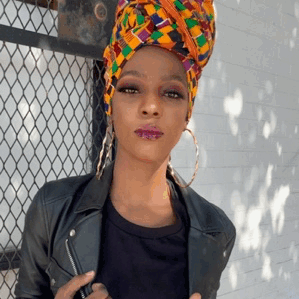
Then there are the children of butchers, with nine scars on one side and 11 on the other, while those with five and six marks on either side trace their lineage to hunters.
As for fishermen, they have distinct marks drawn up to their ears.
Meanwhile, among the Yorubas and Igbos of southern Nigeria, some marks are linked to life and death.
There was a belief in their communities that some children were destined to die before puberty.
Known as Abiku and Ogbanje respectively by the two ethnic groups, these children were believed, by the Yoruba, to belong to a coven of demons living in large iroko and baobab trees.
It was common for women to lose several children at a young age in succession, and it was thought it was the same child, reappearing again and again to torment their mother.
Such children were then marked to make them unrecognisable to their spirit mates so they would stay alive.
Many of these infant deaths are now known to be caused by sickle cell anaemia, an inherited disorder common among African people.
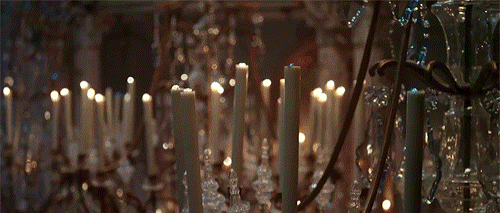
Yakub Lawal in Ibadan in south-western Oyo state, was marked as an Abiku.
"This is not my first sojourn to earth, I have been here before," he says.
"I died thrice, and on my fourth return I was given these marks to stop me from returning to the spirit world," he adds.
Closely related to stories of the Abiku and Ogbanje are those whose marks are in memory of a departed family member or one who has been "reborn".
#facial scars#african scars#tattoos#kemetic dreams#african culture#body art#abiku#yoruba#epik#sickle cell anemia
36 notes
·
View notes



